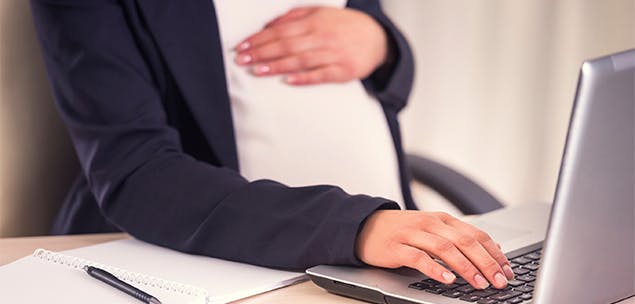The Turnbull government has been cautious in making changes to parental leave. The previous Abbott government had a generous package in planning, but that was shelved, and with Turnbull at the helm, the LNP has put on hold further proposed changes to the parental leave scheme that were aimed to address “double dipping,” where a mother receives benefits from both government and employer.
After the disaster that was former PM Abbott’s attempt to execute on his plan for parental leave, it remains to be seen whether the now-hot minefield will become an election issue this time around. It should – for all the rhetoric there has been very little actually done in parental leave over the last term of government, and there does need to be a concentrated effort in making it more fair and better balanced in order to encourage parents to be both able to bond with their child while ease back into the workplace.
However, as well-intentioned as some of the attempts to address or improve parental leave in Australia have been, both sides of politics should be looking at it differently to how they are currently. Currently, there is too little attention paid to the idea of paternity leave in Australia.
In many European nations, such as in the UK and Scandinavia, there is a conscious effort to normalise the conversation around parental leave so that it applies to both men and women equally. In Australia, there is an intense resistance to the idea of any paternity leave that might affect the entitlements of the mother. For example, to split the weeks of paternity leave between both partners, so that the father can spend time at home with the child as the mother gets back to work is not something that is generally regarded favourably on an individual, workplace, or cultural level. The expectation is that men return to work quickly, and women take the time to bond with the baby.
This then affects the mother’s career, as the expectation is that she will spend a significant amount of time at home with the child to the detriment to her career.
Additionally, men that earn more than their spouses (and pay gap statistics suggest this is still the typical environment), and many proposed parental leave structures provide a flat rate of pay for both men and women. Under these circumstances, many men will not be able to afford to take paternity leave, as the drop in pay would be more significant than what the mother would experience.
With an election coming, there is a good opportunity to look at the way that parental leave is handled in Australia, and we believe that the both sides of politics should consider these three key areas in order to create a more robust – and ultimately more beneficial – parental leave system for us all.
- Men and women should have equal opportunities to spend time at home. It’s easier said than done, for the aforementioned reasons, but a robust parental leave system should provide men the opportunity to take parental leave equal to that of the mother, and this should be done without social of financial consequence.
- The ability for men to take parental leave should be part of the return-to-work strategy for women. If men are able to take parental leave without adverse consequence, then women can be afforded a more nuanced return to work process, designed to get them working again sooner, without the stress of also being the full-time primary carer.
- Paternity leave needs to be properly funded. If there is financial disadvantage to the father taking paternity leave instead of the mother, then most fathers will not take advantage of paternity leave.
It’s important that fathers have the opportunity to bond with their baby, and one of the best ways of achieving that would be for the Australian government to take a proactive stance on enabling fair and equitable paternity leave.
About the author
Fiona Hitchiner, director, SeventeenHundred

